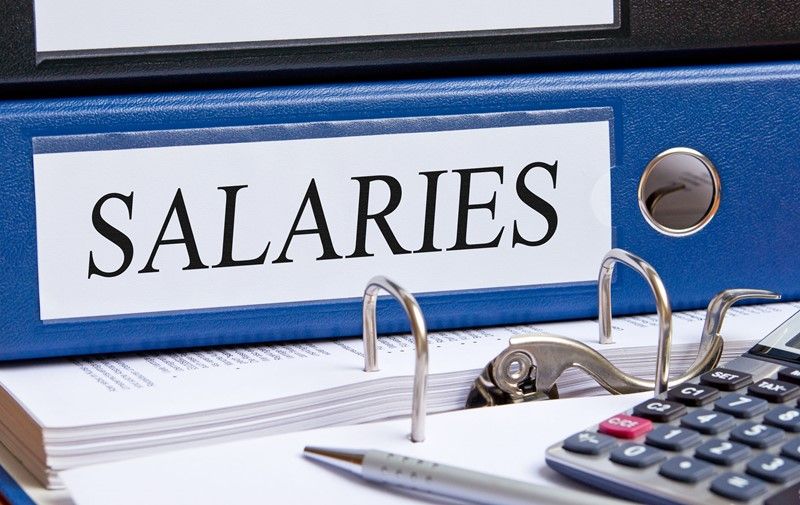Making Tax Digital for Income Tax
Making Tax Digital for Income Tax (MTD for IT) will become mandatory in phases from April 2026. If you’re self-employed or a landlord earning over £50,000, get ready for quarterly updates, digital record keeping, and a new penalty system.
Initially, MTD for IT will apply to businesses, self-employed individuals, and landlords with an annual income exceeding £50,000. From 6 April 2027, the rules will extend to those with an income between £30,000 and £50,000. A new system of penalties for late filing and late payment of tax will also be introduced.
In the Spring Statement 2025, the government confirmed that MTD for IT will apply to sole traders and landlords with income over £20,000 starting in April 2028. The government will also explore how to treat those with income below the £20,000 threshold.
Starting in April 2025, HMRC will begin writing to taxpayers whose 2023-24 self-assessment returns show that their total income from self-employment and property is approaching or exceeds £50,000. These letters will notify them of their obligation to use MTD for IT starting in April 2026.
Although MTD for IT becomes mandatory in 2026, you can opt to sign up voluntarily before then. This allows you to help HMRC test and refine the system while also familiarising yourself with the new rules. While signing up is currently voluntary, there are specific eligibility requirements, and not all taxpayers will qualify. If you are eligible, you can sign up on GOV.UK.
If you volunteer to participate in testing the MTD for IT service, the new penalties for late submissions and late payments will apply. This will replace the existing penalties for the relevant tax years. No penalties will apply for the quarterly updates for volunteers in 2024-25 or 2025-26.




